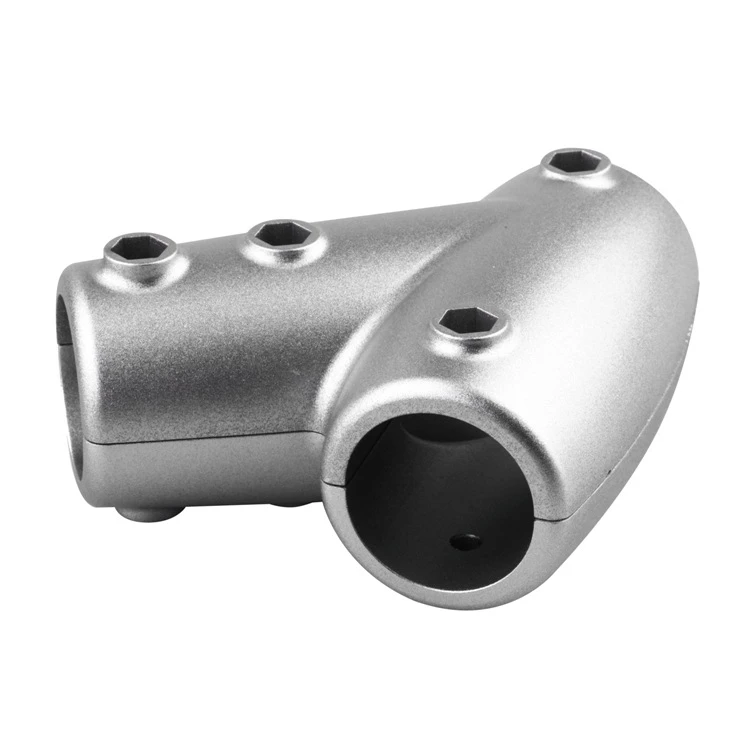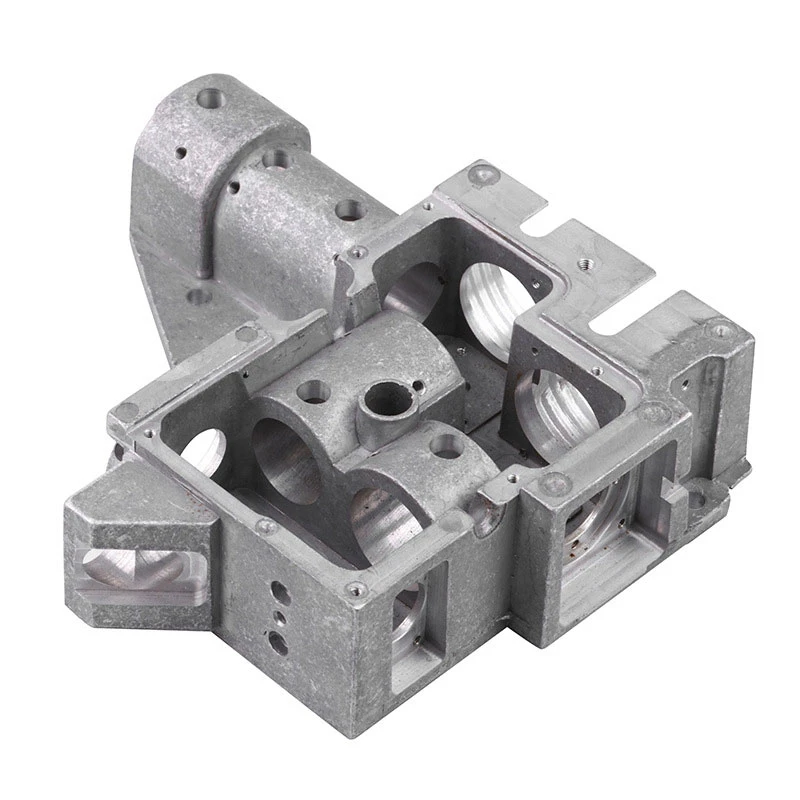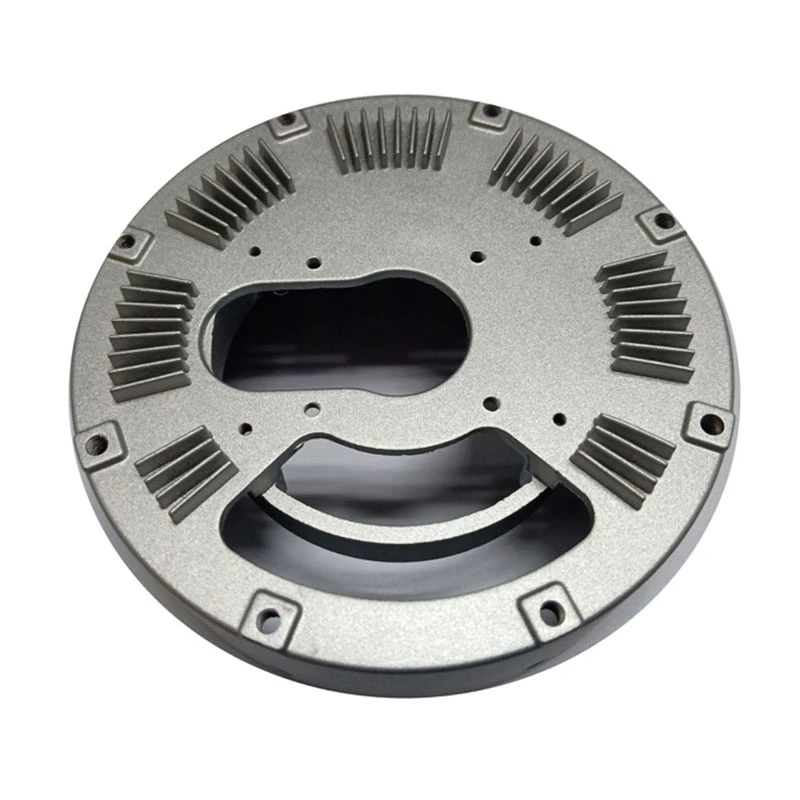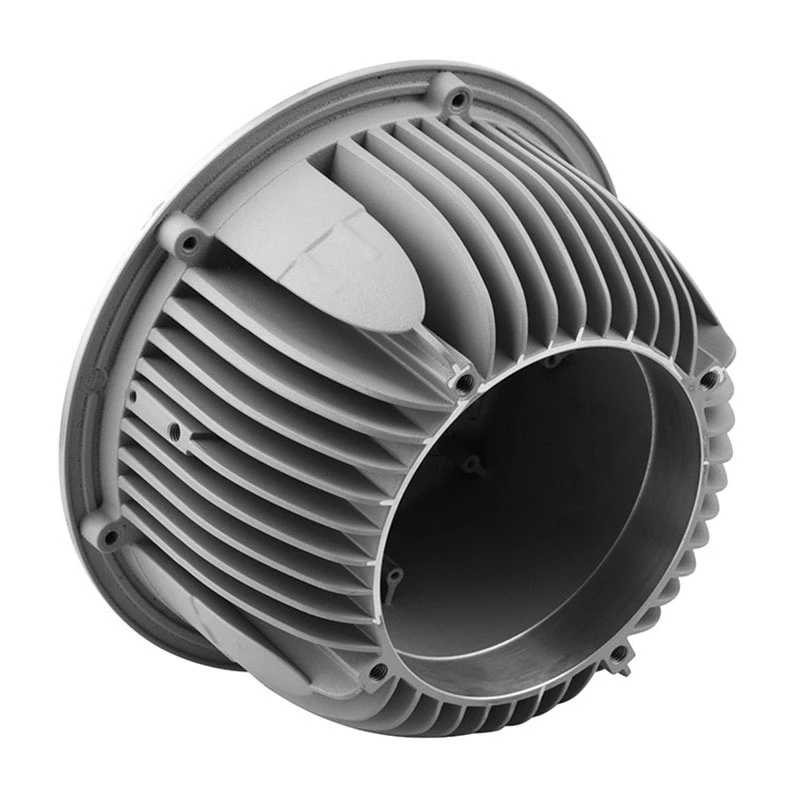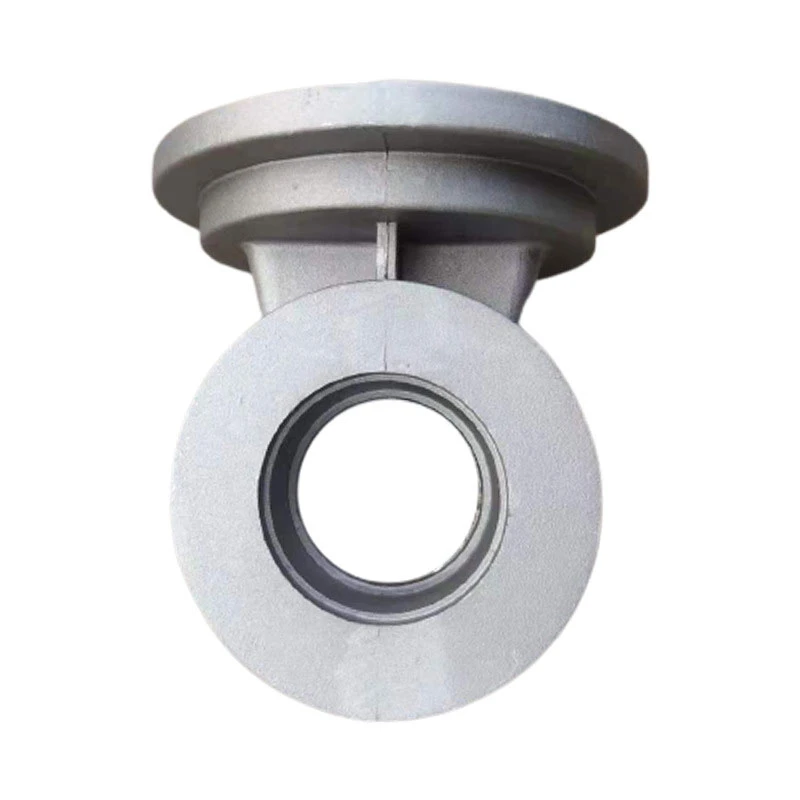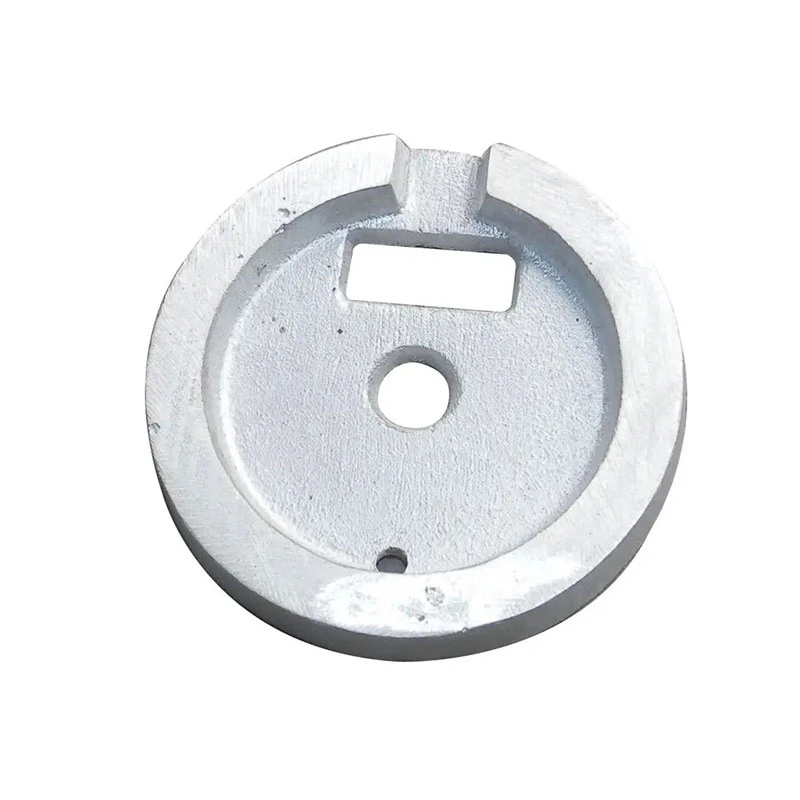casting sand for aluminum
Casting Sand for Aluminum An Essential Component in Foundry Processes
In the world of metal casting, particularly in the production of aluminum components, casting sand plays an indispensable role. The efficacy of a casting operation hinges on the choice of materials used in the process, and sand is one of the most crucial elements. This article delves into the significance of casting sand in aluminum casting, the types of sand utilized, and the factors influencing their selection.
The Role of Casting Sand
Casting sand serves several purposes in the aluminum foundry process. The primary function is to create molds for molten aluminum. In its natural state, sand is an aggregate that can withstand high temperatures without melting or deforming. The created molds must be precise to ensure that the final cast product has the desired dimensions and surface finish. Additionally, sand’s fine granular structure allows it to capture detailed features of the pattern used in the mold-making process.
Another critical aspect of casting sand is its ability to facilitate the removal of the cast component from the mold. After the aluminum has cooled and solidified, the sand can be easily broken away, ensuring that the finished piece remains intact. This is especially important in aluminum casting, where intricate designs are common.
Types of Casting Sand
There are various types of sand utilized in the aluminum casting process, each with its characteristics that suit specific applications
1. Silica Sand The most common type of casting sand, silica sand is abundant and relatively inexpensive. It has excellent thermal stability and is suitable for most aluminum casting applications. However, the particle size distribution must be managed to prevent defects such as a rough surface finish.
2. Zircon Sand Known for its high melting point and excellent thermal properties, zircon sand is often used for casting high-performance aluminum components that require a superior surface finish. Its resistance to thermal shock makes it ideal for complex molds.
3. Chromite Sand With its unique thermal and chemical properties, chromite sand is employed in applications that demand superior resistance to high temperatures and thermal shock. It is particularly useful in the casting of aluminum parts that will undergo heat treatment or those that will experience high loading conditions.
casting sand for aluminum
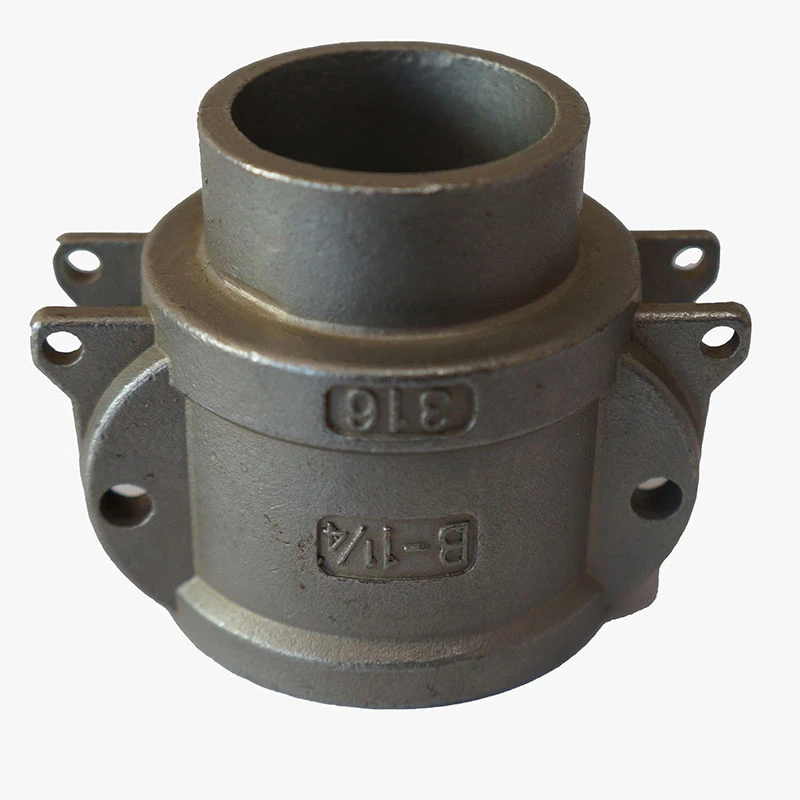
4. Resin-coated Sand This type of sand has a resin binder added to it, which enhances its strength and allows for the creation of more intricate molds. Resin-coated sand is ideal for casting highly detailed aluminum components but requires careful handling due to the curing process of the resin.
Factors Influencing the Selection of Casting Sand
When choosing the appropriate casting sand for aluminum, several factors come into play
1. Thermal Properties The sand must withstand the high temperatures of molten aluminum without deformations or breakdown, which can lead to defects in the final product.
2. Grain Size and Shape The granulation of the sand affects the mold's surface finish and its ability to capture fine details. A well-graded sand can provide a smoother surface and reduce the likelihood of casting defects.
3. Coating and Binder The presence of coatings or binders can dramatically enhance the performance of casting sand. However, their compatibility with aluminum is crucial to avoid chemical reactions that could weaken the mold.
4. Cost and Availability Naturally occurring sands like silica are often favored due to their lower cost and availability, but performance characteristics cannot be compromised.
Conclusion
In summary, casting sand is an essential component in the aluminum casting process, influencing the integrity and quality of the final products. From silica to zircon and chromite sand, the selection of the right type based on thermal properties, grain size, and cost plays a significant role in the success of casting operations. As the aluminum industry continues to grow, understanding the nuances of casting sand will remain critical for achieving high-quality results in foundries worldwide.
-
OEM Sand Cast Pump Valve Fittings - Hairun Sourcing | Precision Engineering, Industrial EfficiencyNewsJul.13,2025
-
EcoGuard 3000 - Sustainable Agriculture Solution&Soil Health ImprovementNewsJul.13,2025
-
SmartAgri Solutions: Smart Farming Tech | AI Analytics & IoT SensorsNewsJul.13,2025
-
[Product Name]-[Company Name]|Business Efficiency&InnovationNewsJul.13,2025
-
Smart Factory Solutions-Industrial Efficiency|Real-Time Analytics&Automated WorkflowNewsJul.12,2025
-
OEM Sand Cast Pump Valve Fittings - Hairun Sourcing | Durable, Reliable, CustomizedNewsJul.12,2025








